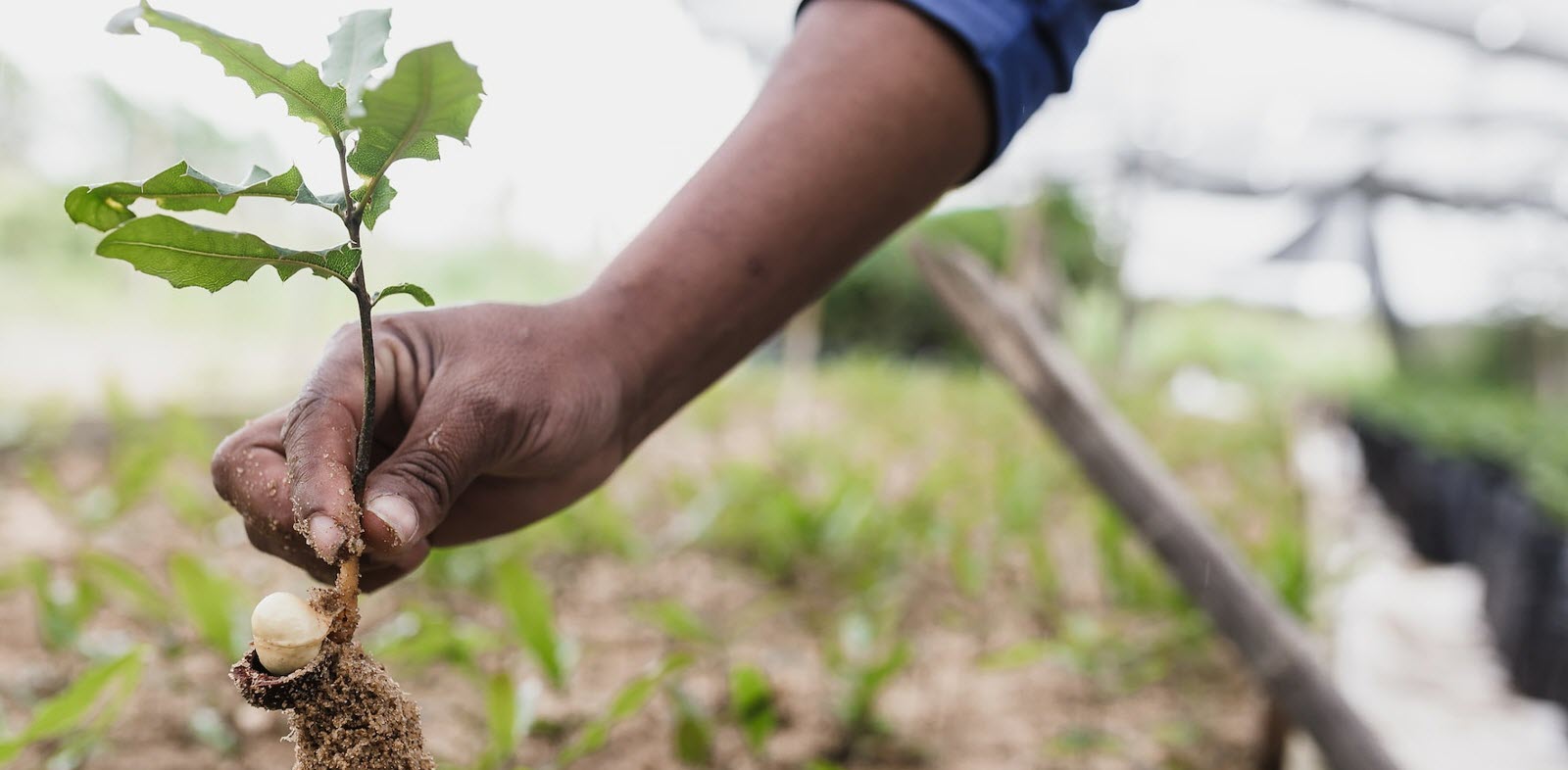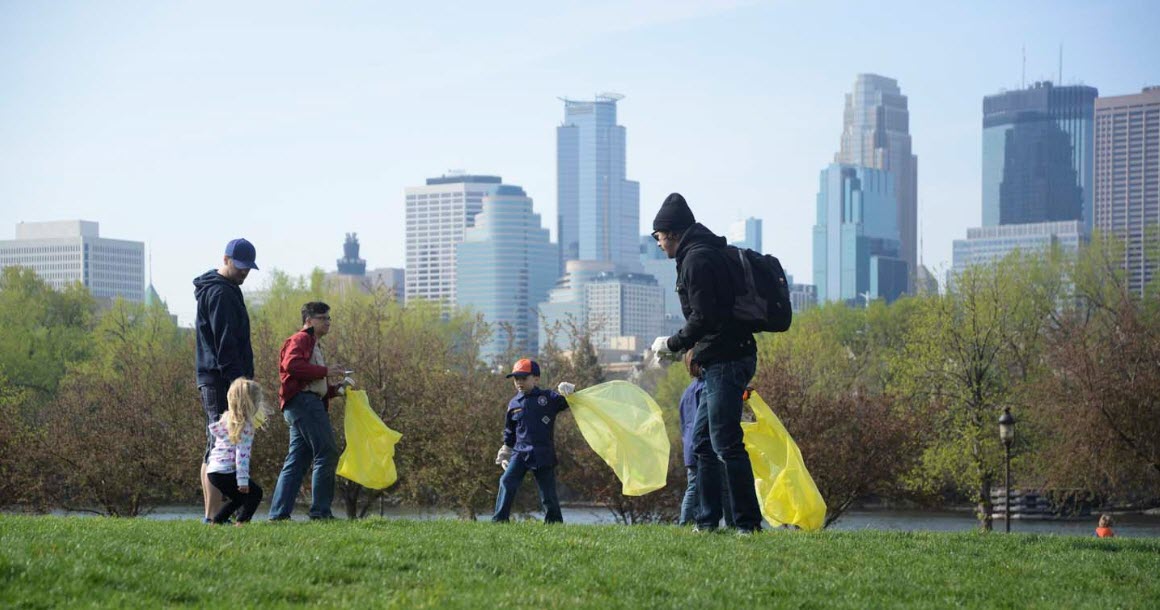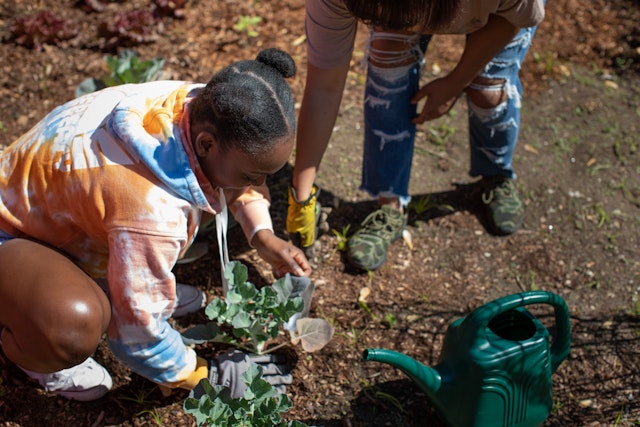Environmental programs
We want to keep our air clean and our soil healthy. You can help.

Protect our environment
Explore this section
Related information
Contact us
Minneapolis Health Department
Phone
Address
Public Service Building
505 Fourth Ave. S., Room 520
Minneapolis, MN 55415




